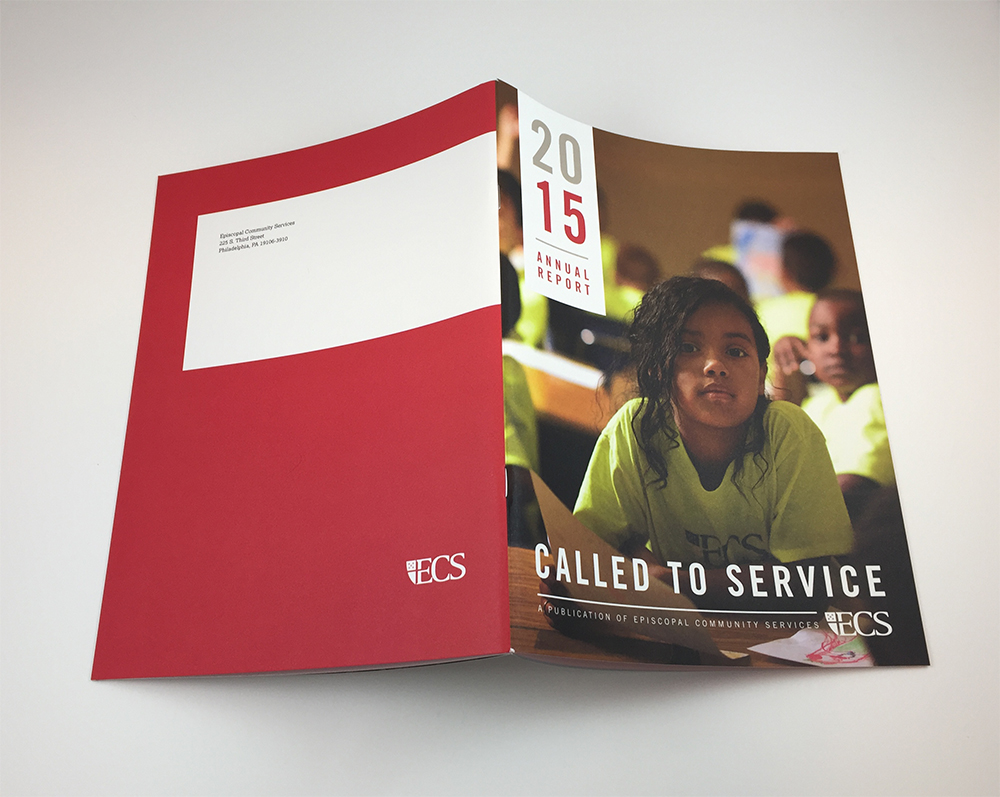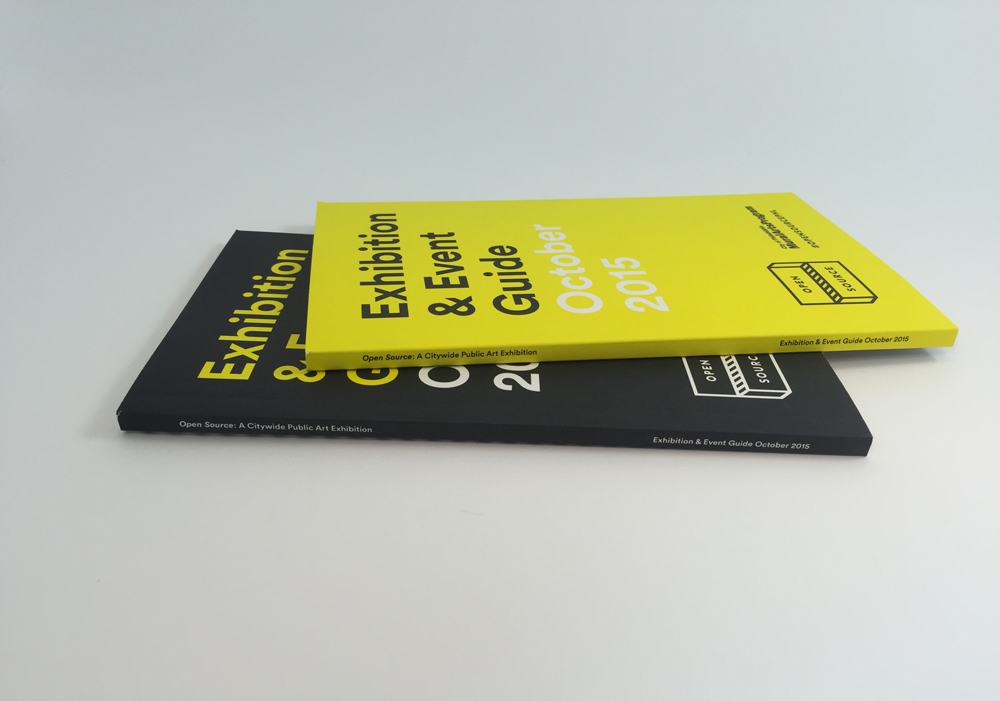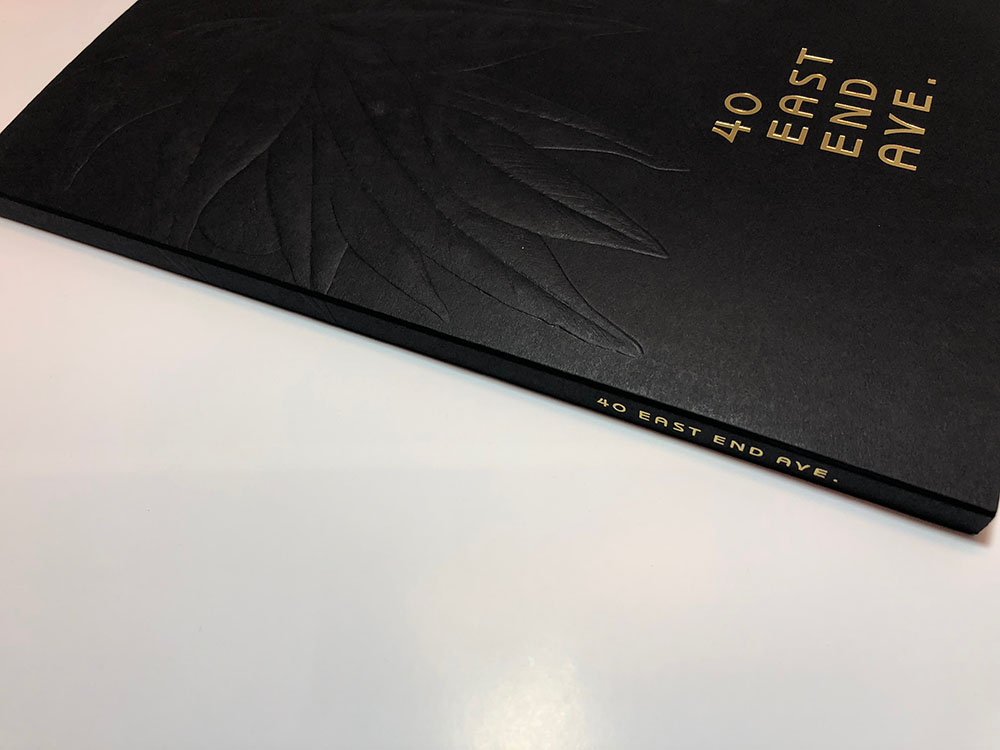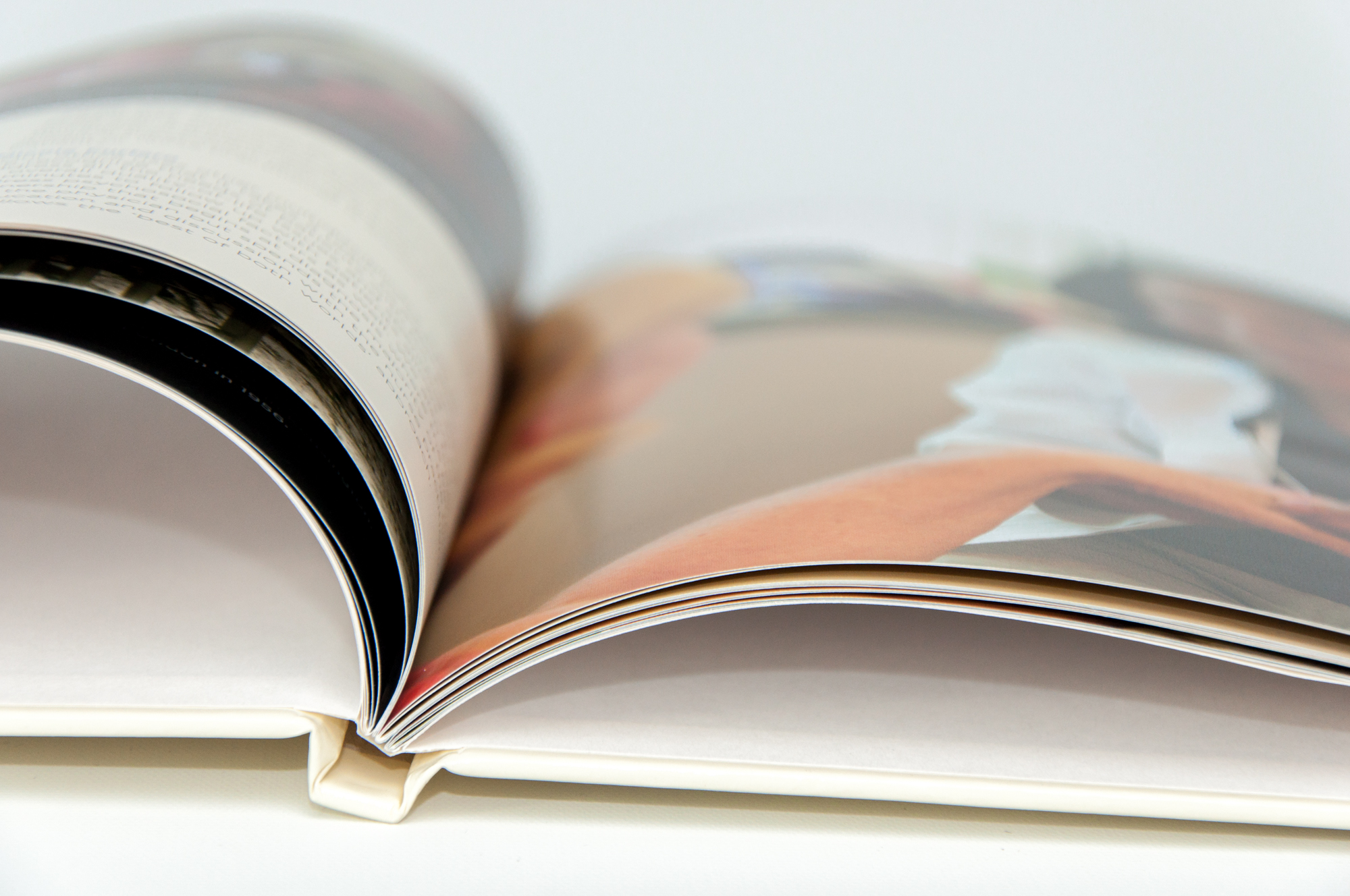An interesting or unconventional binding method is a great way to make your book project stand out. Here are a few of the most commonly used methods, and some variations, along with some photos from our photo gallery for inspiration.
Saddle Stitch
Bound by “stitches”, essentially staples, on the spine - like a magazine. Best for pamphlets, small brochures, newsletters, essentially anything thin enough to not require a spine.
Variant - stitch it with actual thread!
Perfect Bound
The most common type of square-back spine. Pages are folded into signatures and glued to the cover, like a paperback book. A good option when there is too much bulk to saddle stitch.
Variant - PUR perfect binding requires only single leaves. This means page counts in multiples of 4 are no longer required. PUR Binding also allows for books that lay flatter, as well as thinner books, than can be achieved with typical perfect binding.
Case Bound
Commonly known as hardcover books, case bound books are high-end, durable products. Cloth wrap with foil stamping, a dust jacket, or soft-touch laminate are just a few of the many common ways to turn a case bound book into a terrific finished piece.
Variant - bind a ribbon to the spine for use as a bookmark!
Wire-O
Think of a spiral-bound notebook – pages are hole-punched, then bound by a wire in the shape of an O. Great for meeting slides, where the recipient will want to have the book open flat in order to take notes. Or simply as a design choice!
Variant - wire-o books typically forgo the spine, but who says you can’t have both?
For more design ideas like these, check out some of the other photos in our gallery. Or, give Sea Group a call today!
Posted in: New Projects, Helpful Hints, Print Design












